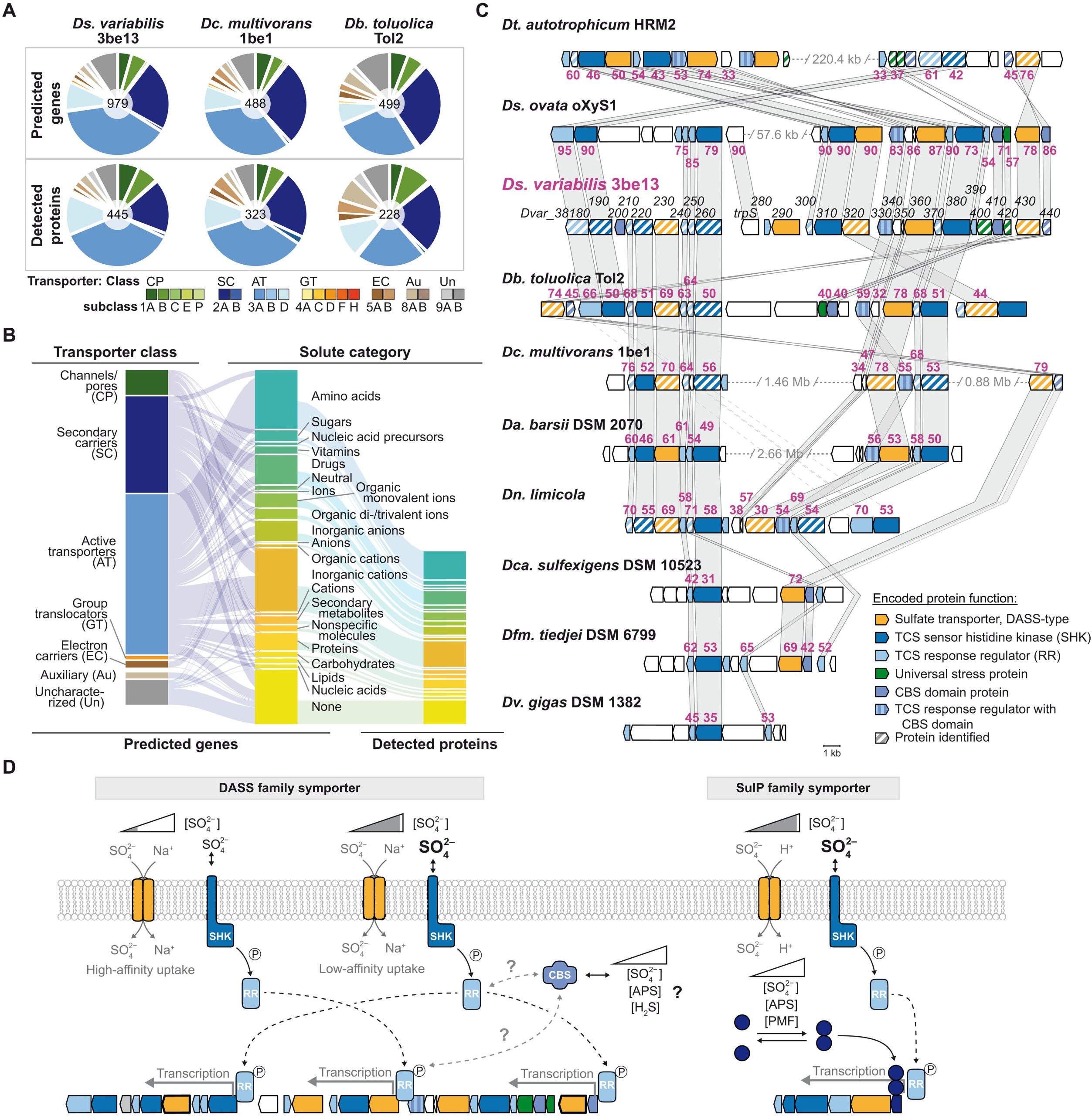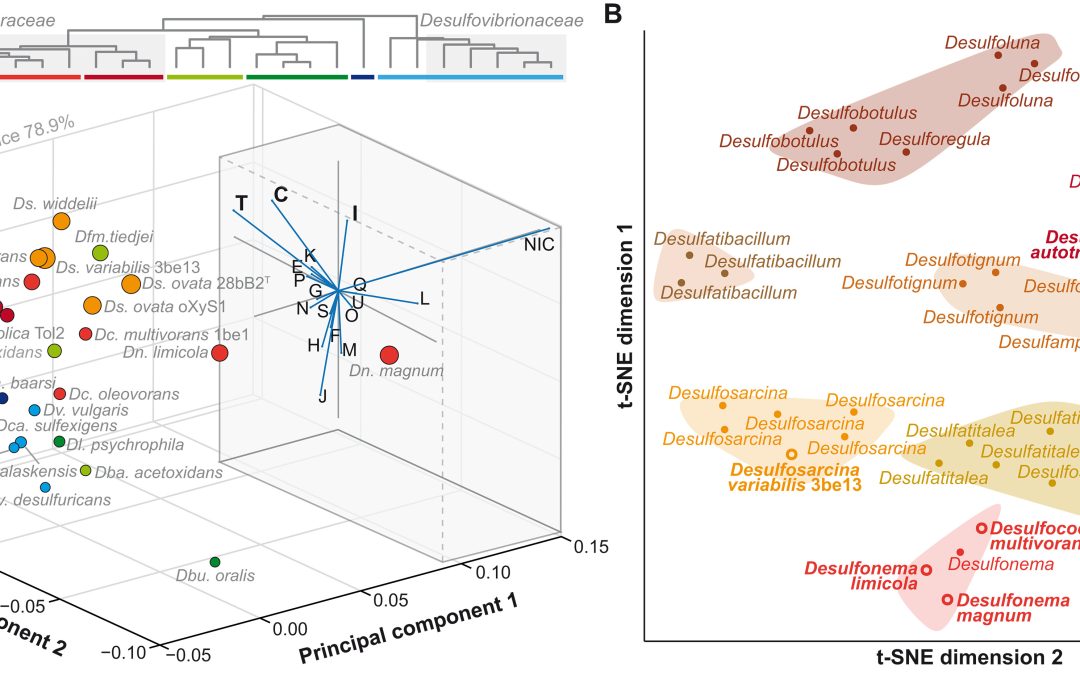Drs. Arturo Medrano, Milton Saier and twelve other collaborators just published the paper “Key role of Desulfobacteraceae in C/S cycles of marine sediments is based on congeneric catabolic-regulatory networks” in the journal Science Advances. For your convenience, this is the link to PubMed.
Abstract:
Marine sediments are highly bioactive habitats, where sulfate-reducing bacteria contribute substantially to seabed carbon cycling by oxidizing ~77 Tmol Corg year-1. This remarkable activity is largely attributable to the deltaproteobacterial family Desulfobacteraceae of complete oxidizers (to CO2), which our biogeography focused meta-analysis verified as cosmopolitan. However, the catabolic/regulatory networks underlying this ecophysiological feat at the thermodynamic limit are essentially unknown. Integrating cultivation-based (80 conditions) proteogenomics of six representative Desulfobacteraceae spp., we identify molecular commonalities explaining the family’s environmental relevance and success. Desulfobacteraceae genomes are specifically enriched in substrate uptake, degradation capacities, and regulatory functions including fine-tuned sulfate uptake. Conserved gene arrangements and shared regulatory patterns translate into strikingly similar (sub-)proteome profiles. From 319 proteins, we constructed a meta-network for catabolizing 35 substrates. Therefrom, we defined a Desulfobacteraceae characteristic gene subset, which we found prevalent in metagenomes of organic-rich, marine sediments. These genes are promising targets to advance our mechanistic understanding of Desulfobacteraceae-driven biogeochemical processes in marine sediments and beyond.



